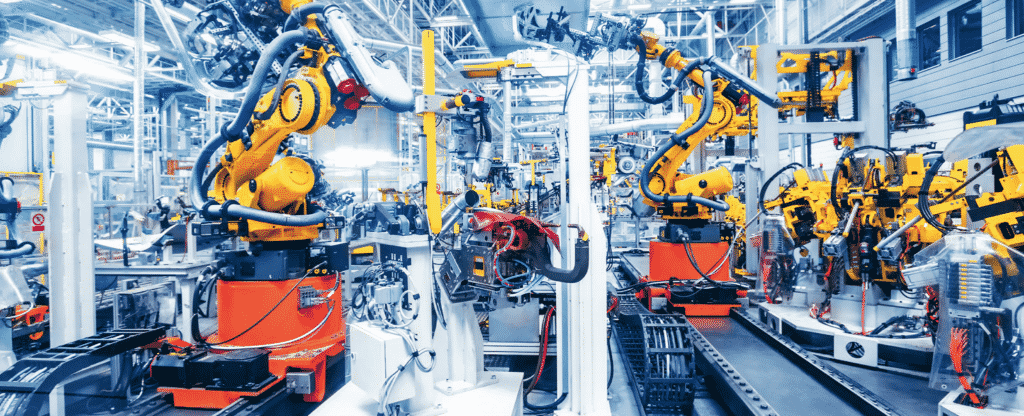
The tech industry is currently the fastest growing sector in the Netherlands and it can also be the Dutch economy’s driving force for growth in the longer term. The big challenge though is that in the coming years there will be a shortage of some 120,000 employees. This is what the ING Economic Bureau concluded in the report “My Smart Industry“. The report has made in cooperation with Peter Wennink (ASML), Willem van der Leegte (VDL Group), Hans de Jong (Philips) and Frank van der Vloed (Philips Lighting).
Read also: Eindhoven Industry is the largest in the country
(text continues under the ad)

According to ING, five conditions must be met by the sector in order to remain the growth engine:
1. The sector must respond to the global demand shift
2. The sector needs to step up its efforts to digitize in order to reduce waste in the chain.
3. The sector needs to use digitization to grow in services.
4. Research & Development needs to be more visible in the whole chain.
5. By 2030, the sector will have to find 120,000 new employees.
According to ING, the latter in particular is a problem. To continue to grow, more employees are needed and that is a pain. Already now, some 20 to 25% of companies in the sector indicate that a shortage of personnel is an obstacle to their activities. An estimated increase in added value by more than 4% per year until 2030 requires an estimated 50,000 extra employees. Add to this the approximately 70,000 employees who retire and the sector is faced with the task of recruiting 120,000 people by 2030.
Demand in the sector will shift to markets such as Agri & Food, medical technology, and semiconductor, based on global developments. The Netherlands has a strong position in this respect, ING concludes: “Mechanical engineering, in particular, can continue to benefit from this.” There are risks here as well: “Part of the sector, especially suppliers, will be affected by the energy transition. Suppliers to the oil and automotive industry (fuel engines and related parts) in particular will have to change their position in part.”
Further digitization of the sector can reduce waste and also ensure growth as a service provider. “The sector can grow in added value through more services. Here too, digitization plays a key role. Internet and data enable services such as remote maintenance and repair. Moreover, products are becoming increasingly complex. Customers will want to put more emphasis on training or monitoring processes in the technological industry.”
ING believes that for a more structured embedding of Research & Development in the sector, end manufacturers must take the lead, but suppliers will also have to take steps. “In order to increase the added value of the sector (both in euros and as a percentage of each euro of turnover), more R&D is essential. End manufacturers are often leading in this respect, but for a successful future of the sector and their own company, a greater role in suppliers’ R&D is required.”

Staff
The opportunities for continued high growth of the tech industry are there. However, exploiting all opportunities requires more employees and that is where the problem lies. Annual growth of more than 4% until 2030 is estimated to require 120,000 new employees (replacement and expansion), mainly higher skilled workers.
But it is not just about attracting new people. ING: “It may be clear that the effort, both from the government and industry, in the field of technical education must be more, rather than less. But the changes go further: work is changing and employees will have to change as well. Here too, continuous training is required. In addition, organizations will become flatter and more diverse in terms of staff composition, in order to respond more quickly to new developments. Management will become less directive-based, and more inspiring. This is only a small grasp of the transformation that the sector will have to undergo in order to retain its current role as a growth engine in the Netherlands in the long term.”









